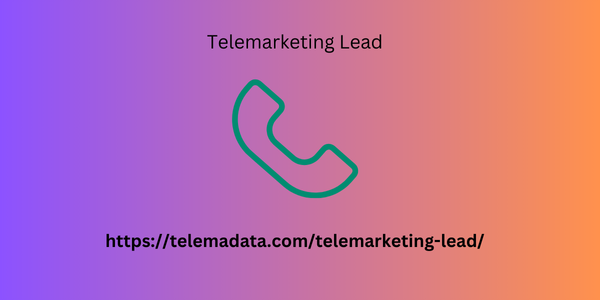Powering Up Without Lead: Demystifying Cell Phones and Lead Exposure During Charging
In today’s world, cell phones are practically extensions of ourselves. But with this constant connection comes a question – could using our phones, particularly while charging, expose us to lead? The answer offers reassurance: under normal circumstances, modern cell phones do not release lead while charging. Here’s a deeper dive into the science behind this and how to ensure safe charging practices.
Lead’s Legacy in Electronics: A Shift Towards Safety
Lead was once a common element in electronics due to its conductivity and low melting point. However, growing awareness of its toxicity, especially for children’s health, led to stricter regulations.
Lead Bans: Initiatives like the European Union’s Restriction of Hazardous Substances Directive (RoHS) and similar regulations in other regions have significantly restricted lead use in electronics manufactured after certain dates. These directives set limits on lead content, effectively phasing it out of most modern devices.
Lead-Free Alternatives: Manufacturers have successfully developed effective lead-free alternatives for soldering and other applications in electronics. These alternatives offer similar performance without the health and environmental concerns associated with lead.
Lead Exposure Concerns: Where to Look
While lead isn’t a typical concern with modern cell phones, there are a few scenarios to consider:
Counterfeit or Non-Certified Chargers: These chargers, often sold at bargain prices, might bypass safety regulations and contain lead or other harmful materials. Always stick to reputable brands and certified products.
Improper Disposal of Old Electronics: Older phones, especially those manufactured before lead restrictions, may contain lead. It’s crucial to dispose of e-waste responsibly through certified recycling programs.
Lead Exposure from Other Sources: Lead exposure can occur through various pathways like contaminated paint, dust, or lead-based products. Be mindful of potential sources in your environment, particularly if you have young children.
Safe Charging Practices for Peace of Mind
Here are some key tips to ensure safe and lead-free charging:
Use Certified Chargers: Opt for chargers that come with your phone or are certified by reputable organizations like UL (Underwriters Laboratories) or CE (Conformité Européenne). These certifications signify adherence to safety standards.
Choose Reputable Brands: Stick with established Telemarketing Lead brands known for quality and safety in their products.
Beware of Unusually Low Prices: If a charger seems too cheap to be true, it probably is. Avoid suspiciously low prices that might indicate counterfeit products lacking proper regulations.
Prioritize Proper Ventilation: Some bulky cases can trap heat generated during charging. Look for well-ventilated charging environments to prevent overheating, which can damage your phone’s battery.
Beyond Lead: Safeguarding Your Phone’s Health
While lead isn’t a major concern with modern charging, here are some additional tips for overall phone health:
Avoid Overcharging: Leaving your phone plugged in constantly can stress the battery. Consider using smart chargers with automatic shut-off features.
Monitor Charging Temperature: Extreme temperatures Social media for lead generation can damage the battery. Avoid charging your phone in direct sunlight or very hot environments.
Keep Software Updated: Updates often include bug fixes and performance improvements that can benefit your phone’s battery life and overall health.
The Takeaway: Charge with Confidence
By following these tips and opting for certified products from reputable brands, you can minimize any potential risks and ensure safe and efficient charging for your cell phone. Modern regulations and advancements in manufacturing have significantly reduced lead concerns in electronics, allowing you to power up your devices with peace of mind. If you have any lingering questions or suspect a counterfeit charger, consult the manufacturer or a trusted tech professional for further guidance.






